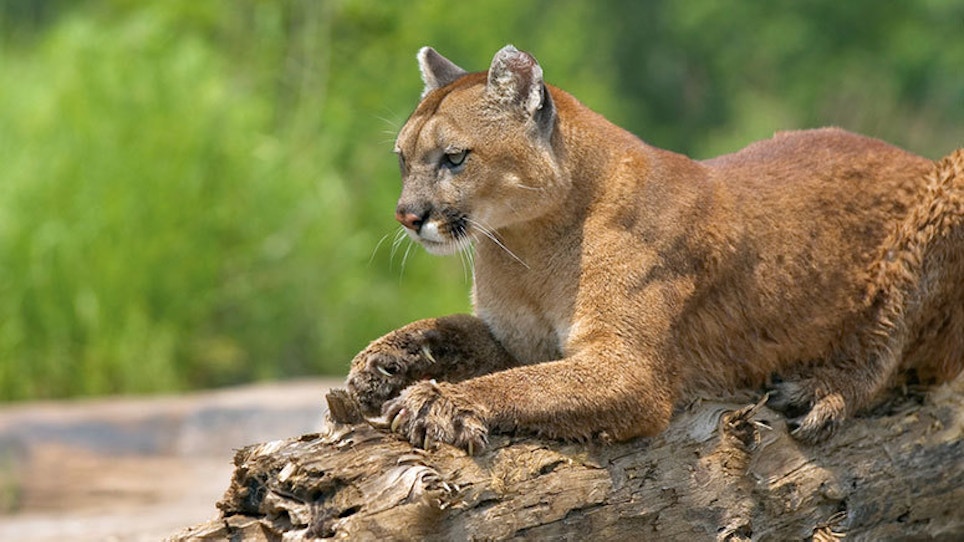By Blake Nicholson | Associated Press
BISMARCK, N.D. (AP) — North Dakota wildlife officials are lowering the number of mountain lions that can be killed for the first time in about a decade of lion hunting in the state, in large part due to the prowess of hunters, particularly those with hounds.
The exact size of the state's lion population isn't known and some cattle ranchers wish the quota would be left alone.
North Dakota launched its inaugural lion hunting season in 2005, with the goal of gathering information on whether there was a breeding population of cougars in the state or whether sightings were of animals that had migrated from elsewhere, particularly South Dakota's Black Hills. The harvest limit was five cougars.
As biologists learned more about the lion population, the hunting limit went to eight in 2008 and then gradually up to 21. The Game and Fish Department is lowering the quota this year to 15 due to recent research indicating the cougar population in the state has fallen.
"We've had a quota of 21 the past three years but 21 mountain lions have never been taken in any of those years," furbearer biologist Stephanie Tucker said. "It's been ranging from 10-13 in those years. There's no reason to have a quota so high when we're not meeting it."
A Game and Fish research report published last November says the number of lions in the state's prime cougar habitat of the western Badlands has been declining in recent years and that the state has "reached and possibly surpassed the number of mountain lions that can be hunted sustainably on an annual level."
Game and Fish doesn't do lion population surveys because of the time and expense required, but research indicates hunting — particularly during a late season in which the use of hounds is allowed — has put the population on a downward trend, according to Tucker. In recent years the state has seen a drop in the number of deer — the favorite food of lions — but Tucker doesn't believe that affected lion numbers.
"Our hunting season is what's driving the bus," Tucker said.
Some ranchers in lion territory have questioned whether the cougar population is higher than state officials believe.
"Everybody knows they're out there," said Brian Zingleman, who has raised cattle near Watford City for a quarter century. "We lose livestock (and) it's always in the back of your mind, how many are getting taken by mountain lions? I don't see a problem with leaving (the quota) at 21."
Neither does the North Dakota Stockmen's Association, which represents about 3,000 ranchers and asked for the quota to stay the same, according to Executive Vice President Julie Ellingson.
Joe Schettler, 38, who has ranched all his life near Grassy Butte, said his family has had a couple of scary run-ins with lions and that he believes some of his missing calves became lion food.
"We're concerned about the predation issues and what that means to livestock producers — not only for the livestock but for the people caring for those animals," he said. "We don't want to see a growth in that (lion) population."






